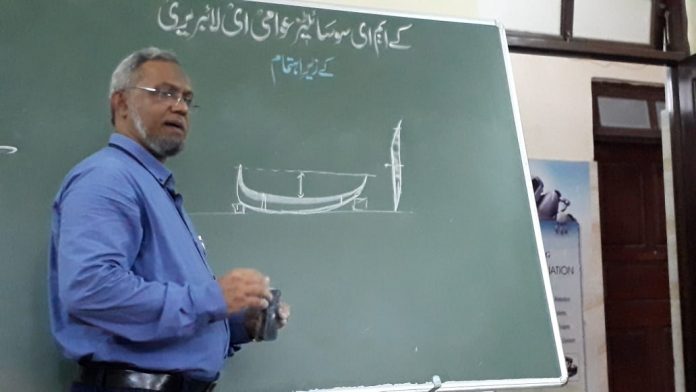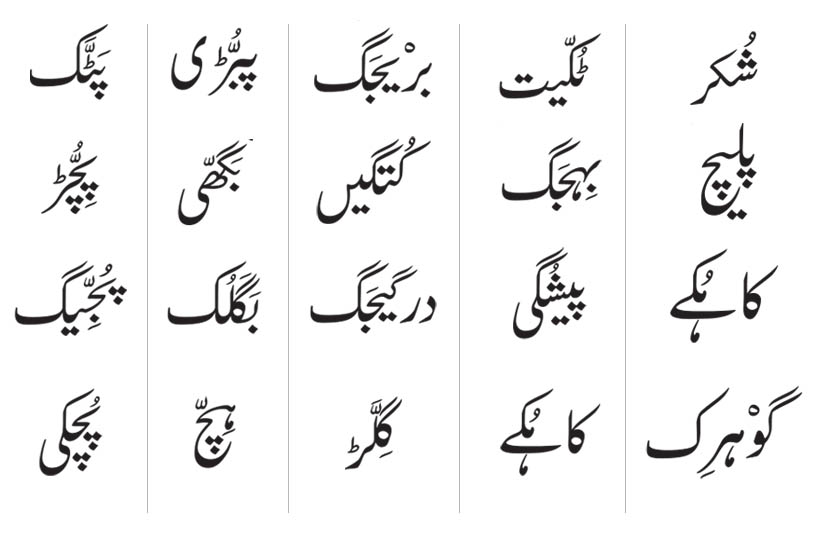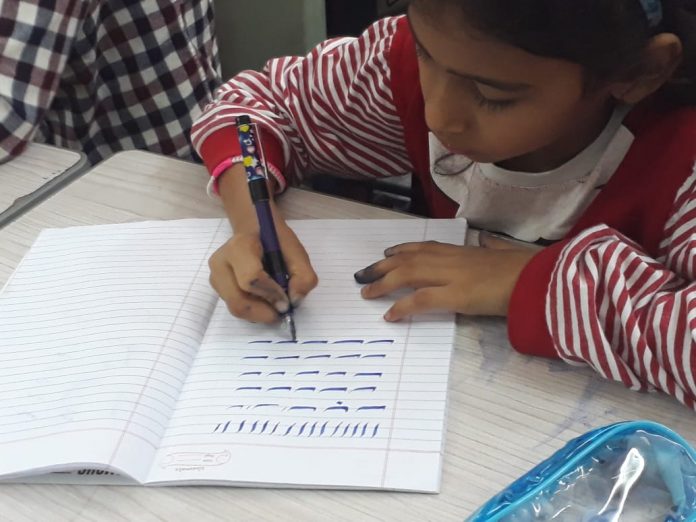

As the numbers continue to decline, a doctor in Thane is stubbornly working hard to keep the art form alive by teaching it to younger generations, writes Anupam Rege
As we move into an increasingly digital world there are some art forms that are bound to suffer. Calligraphy is one such art form that finds itself lost in the modern world, especially Urdu Khatati,(calligraphy), an Indian origin script. Since professional Urdu calligraphers find little to no work, there are less than 30,000 remaining today. As the numbers continue to decline, a doctor in Thane is stubbornly working hard to keep the art form alive by teaching it to younger generations.

Armed with a blackboard and Baru Qalam (Reed pen) Dr. Rehan Ansari from Bhiwandi has been conducting weekend Khatati classes for several months and says that his efforts so far have been met with enthusiasm. Ansari’s methods are simple; he gives all the beginners a Baru Qalam to start with and then helps them learn the art throw drawings on the blackboard and practice, of course. He himself has been practicing the art form since his school days and believes that the discipline and patience that he learned through this art, also aided him in his ambition of becoming a doctor.

Interestingly, despite the declining number of active practitioners, Ansari doesn’t believe that the art form will die anytime soon. He says that the, “social media is playing a favourable role in promoting this and expanding the market.It would be wrong to expect 100s of calligraphers today because 1 or 2 are enough for the amount of work that exists.” This year, India also hosted the International calligraphy conference of Urdu, Arabic and Persian (22-23 October) in Jaipur and had delegates from over 50 countries participate in the event.

Dr.Ansari also has a font to his credit, the famous Faiz Nastaliq and his passion serves as an inspiration to his students. Take for instance, Fahim Bari, a lecturer at the local commerce college, who says that Khatati is a literary as well as a cultural asset and Dr. Ansari’s classes are “doing a lot to help us fall in love with the Urdu language again.”